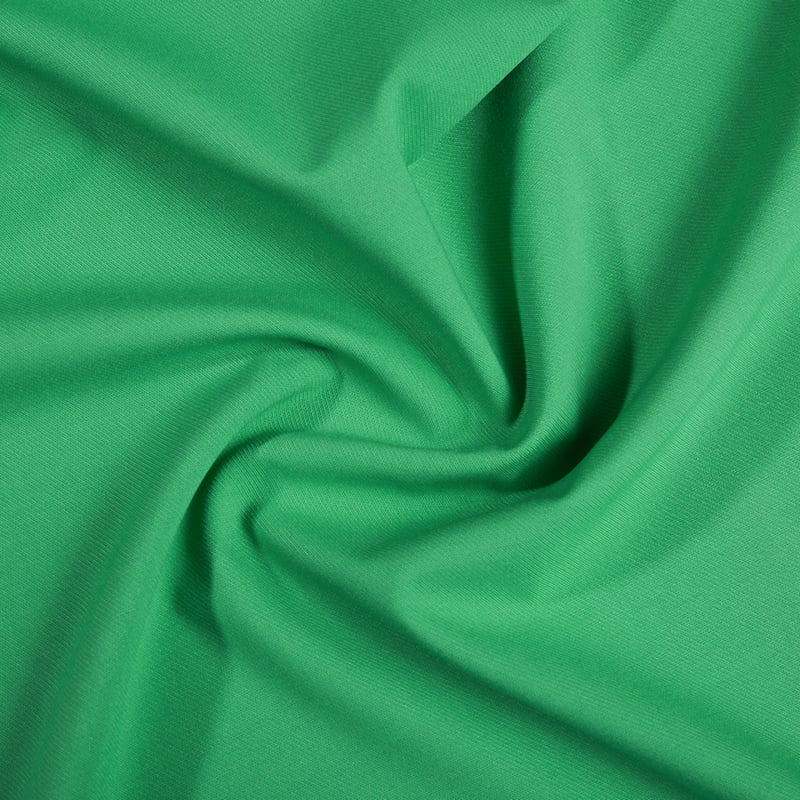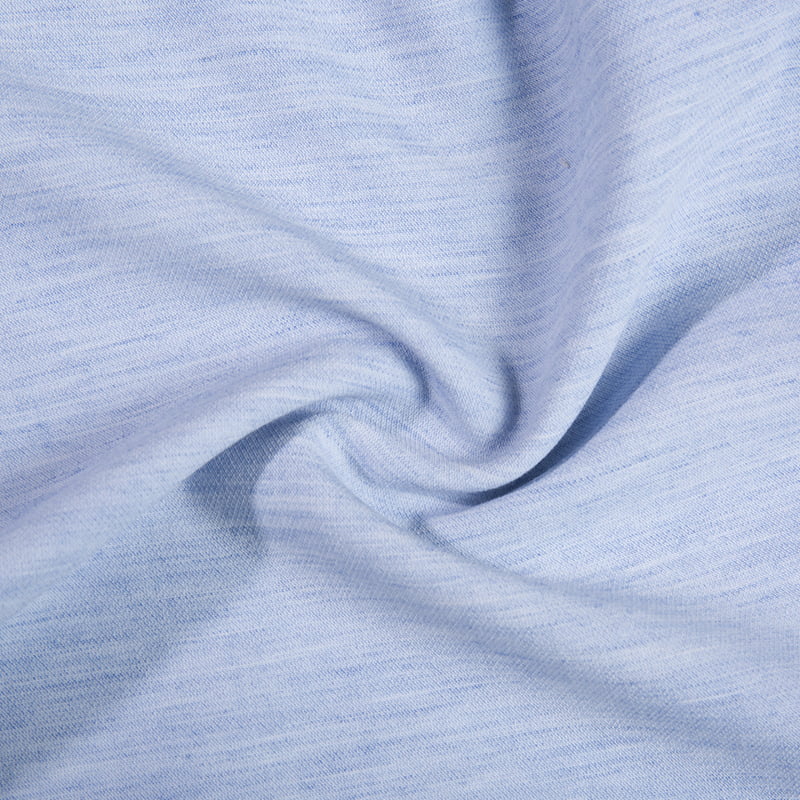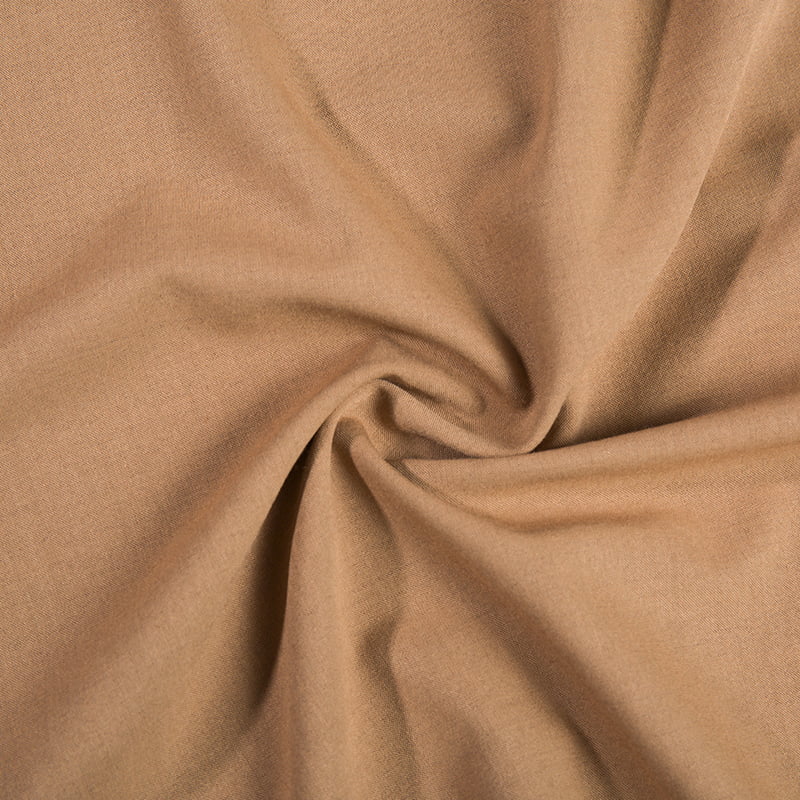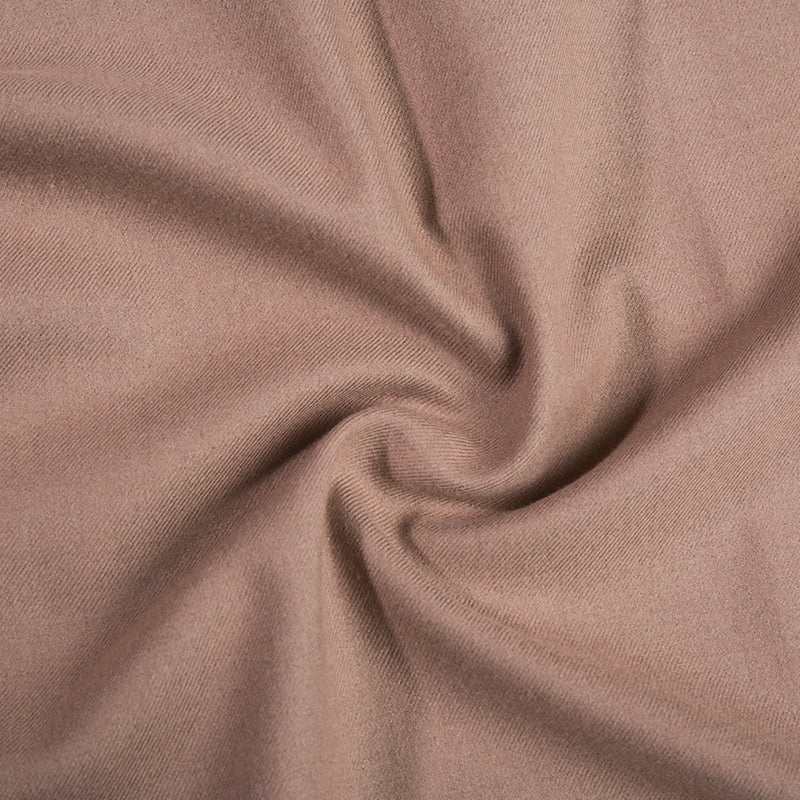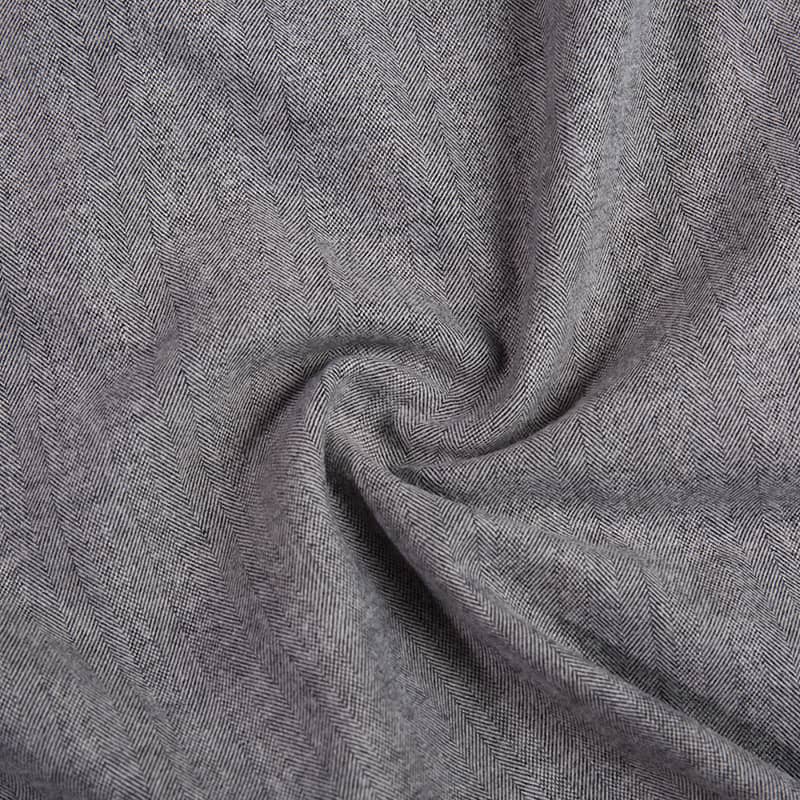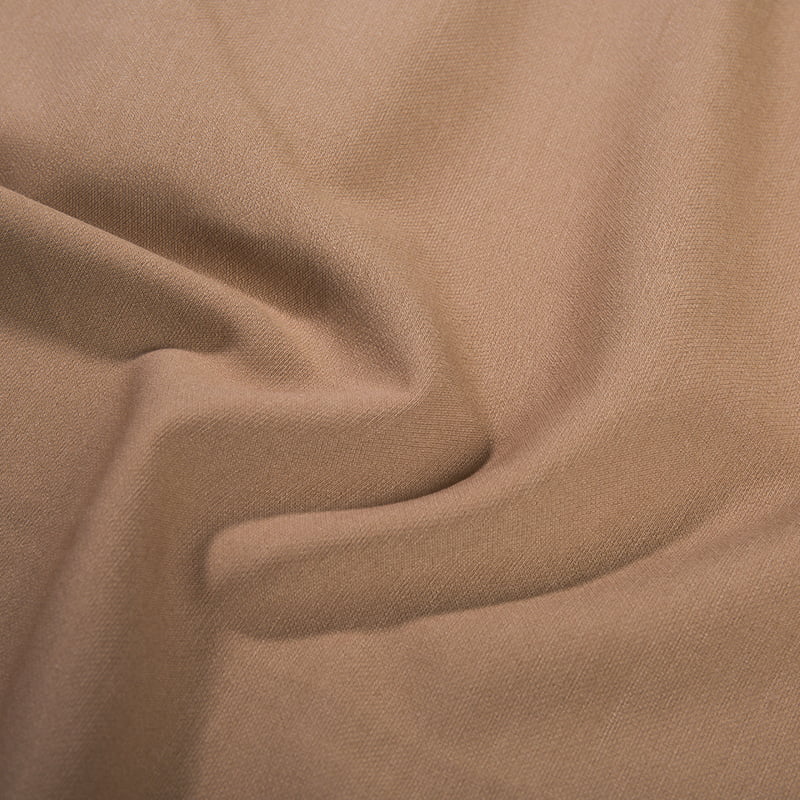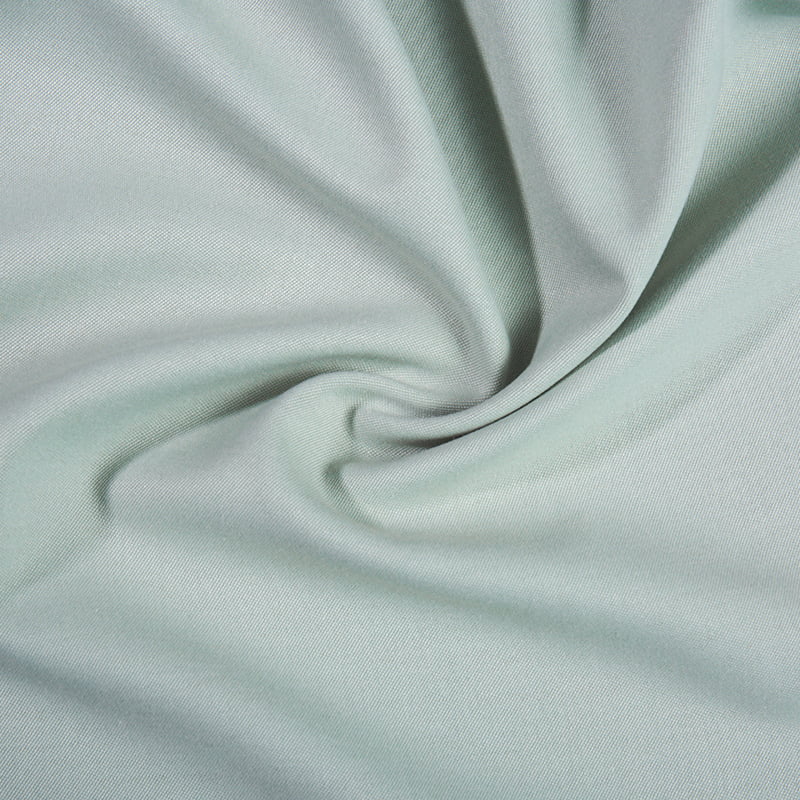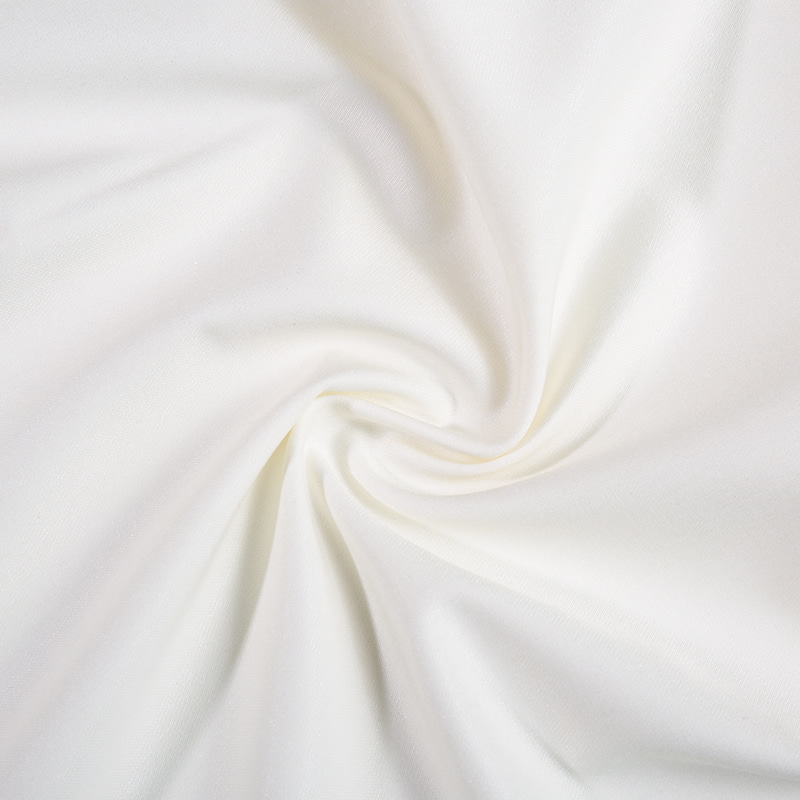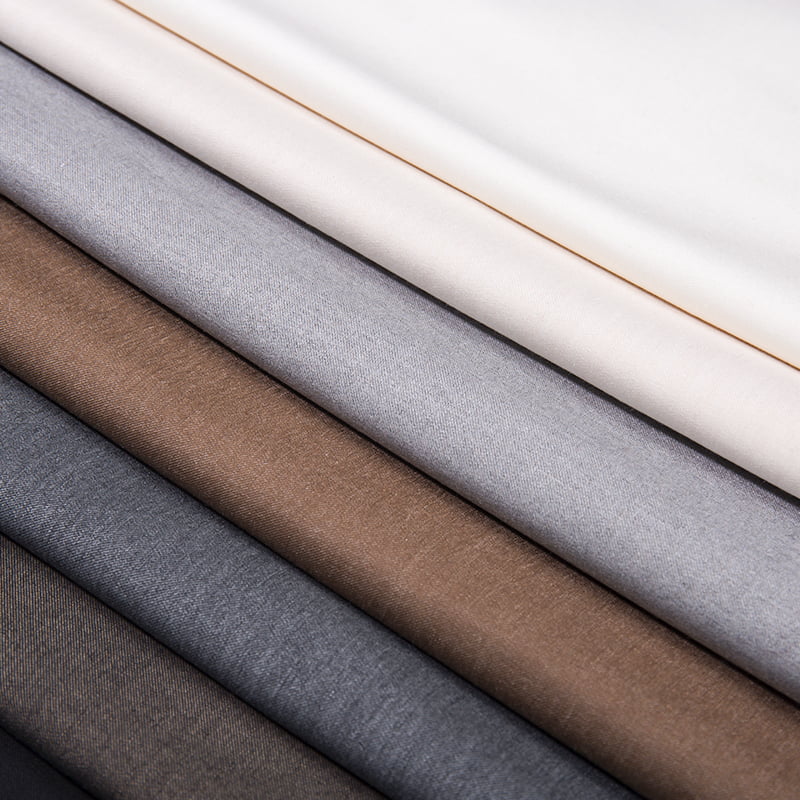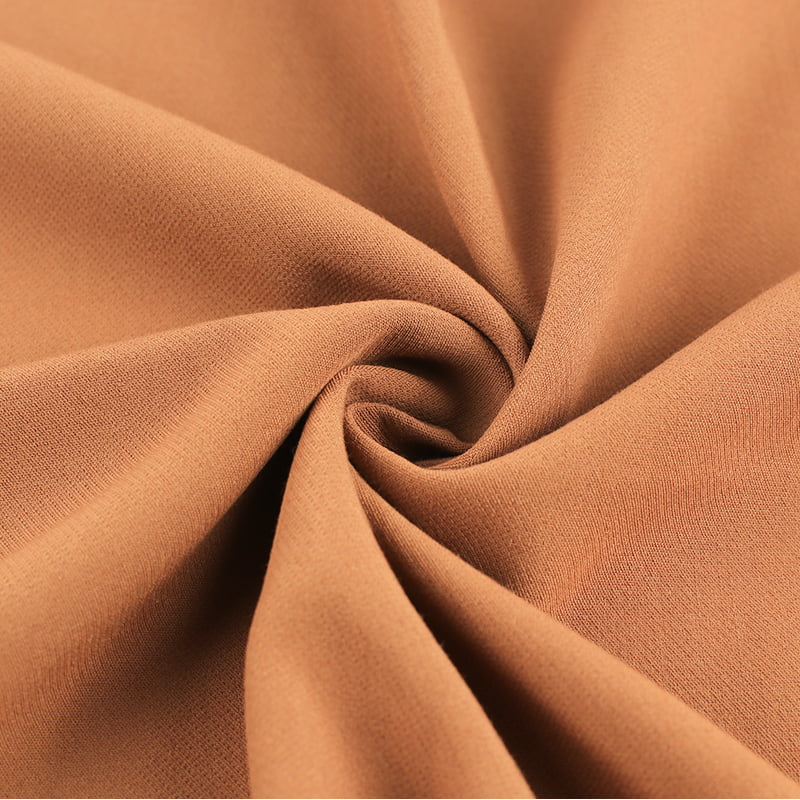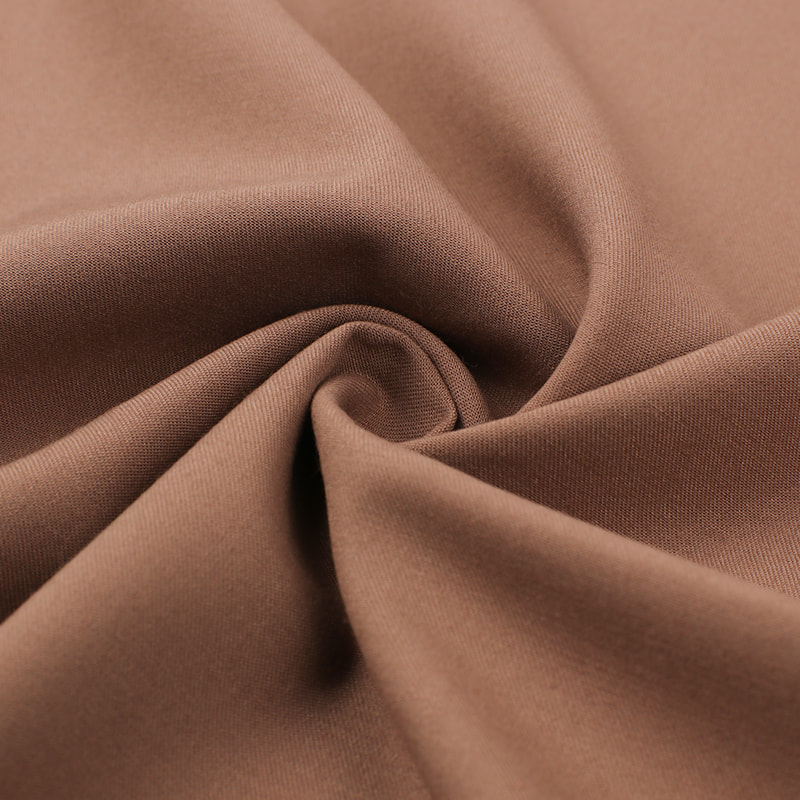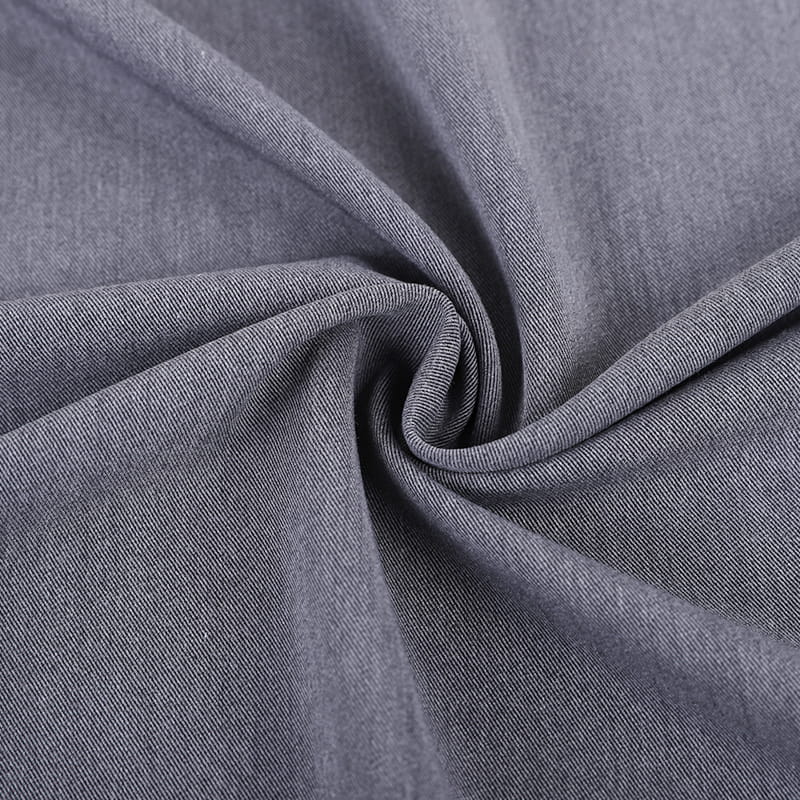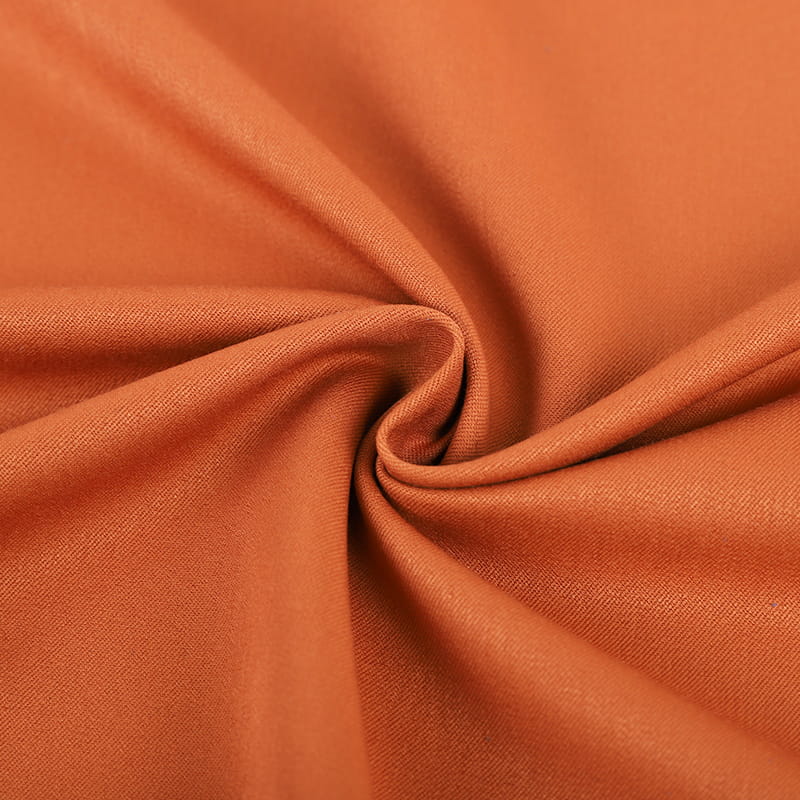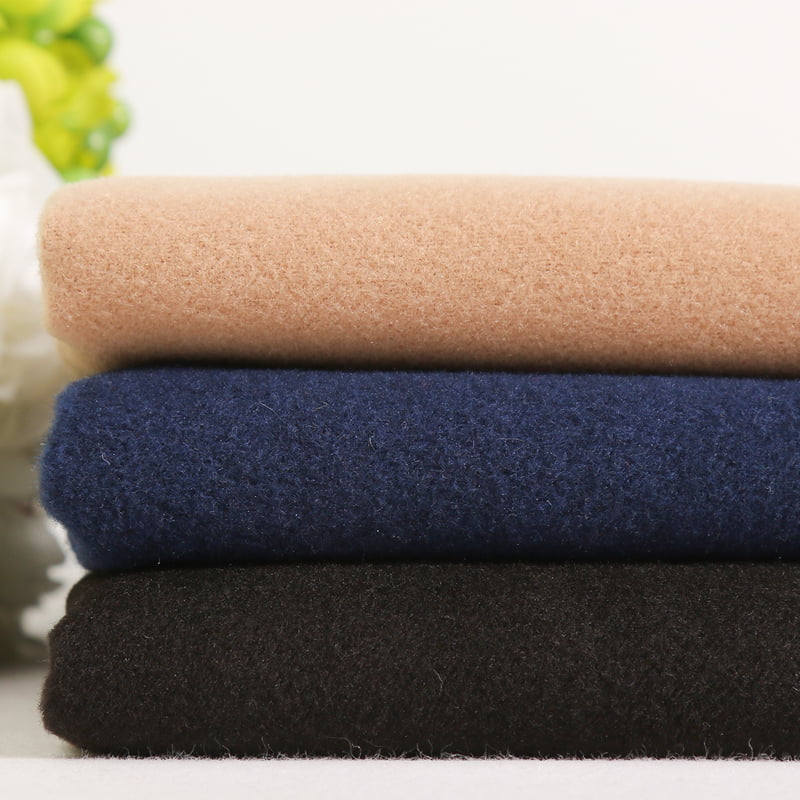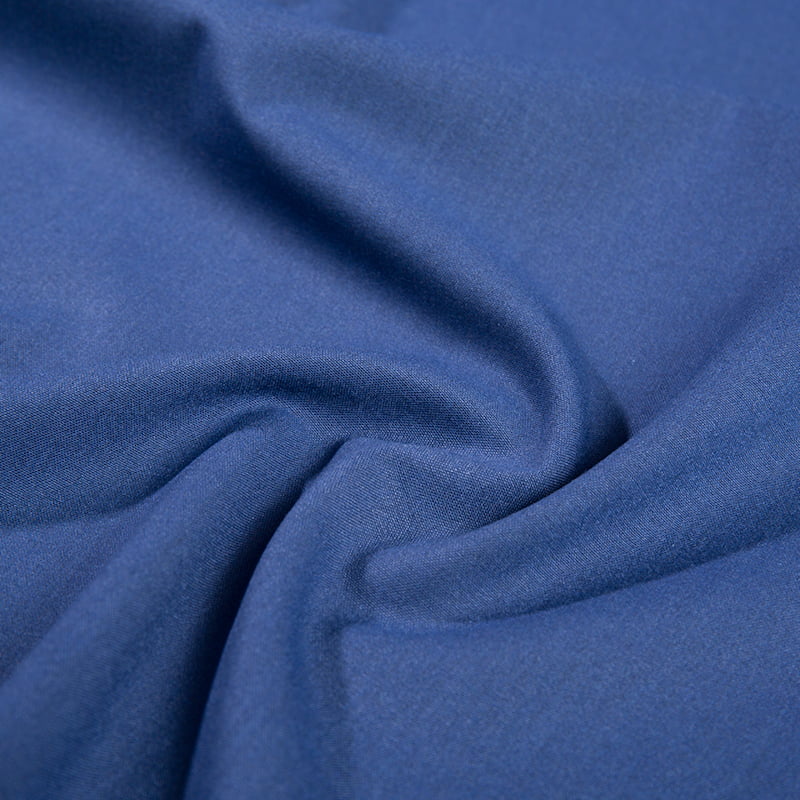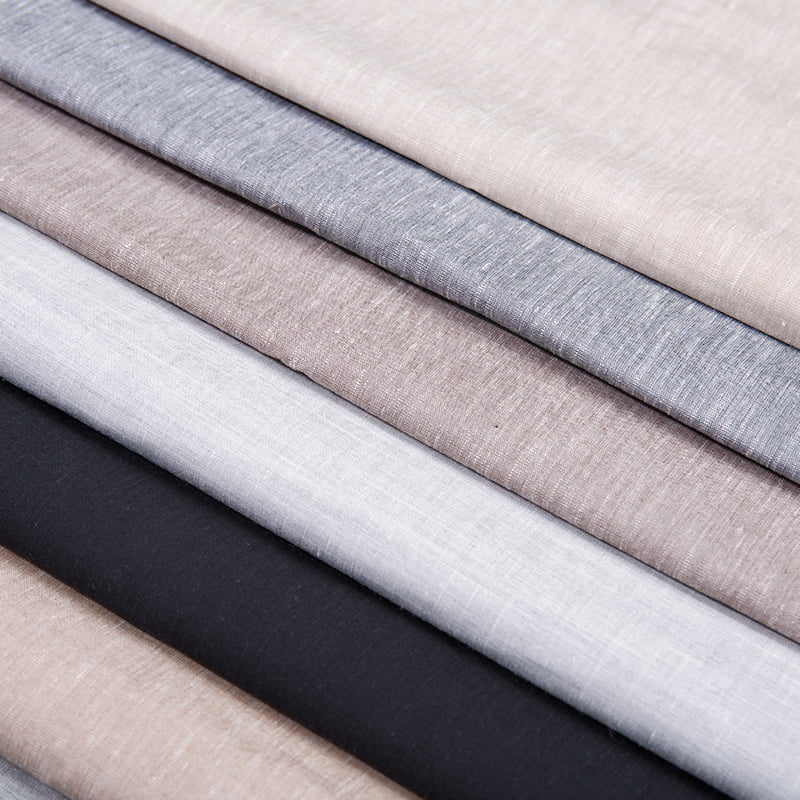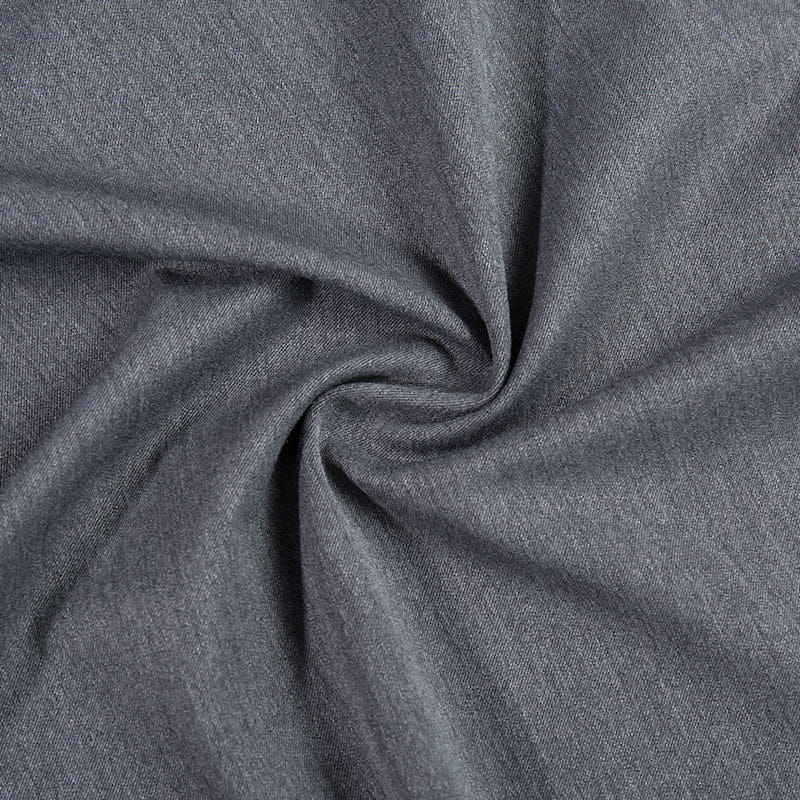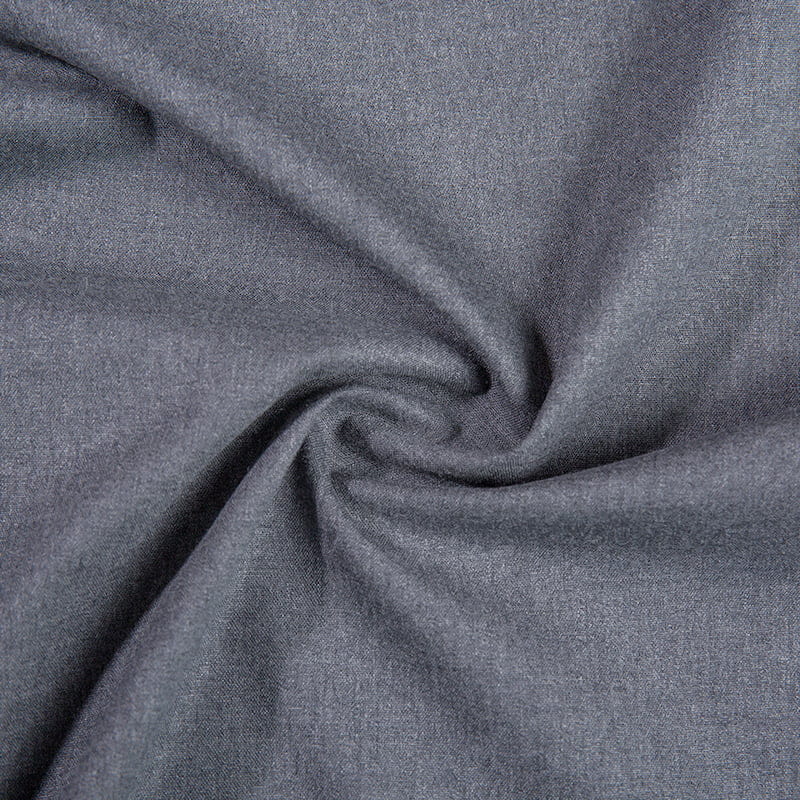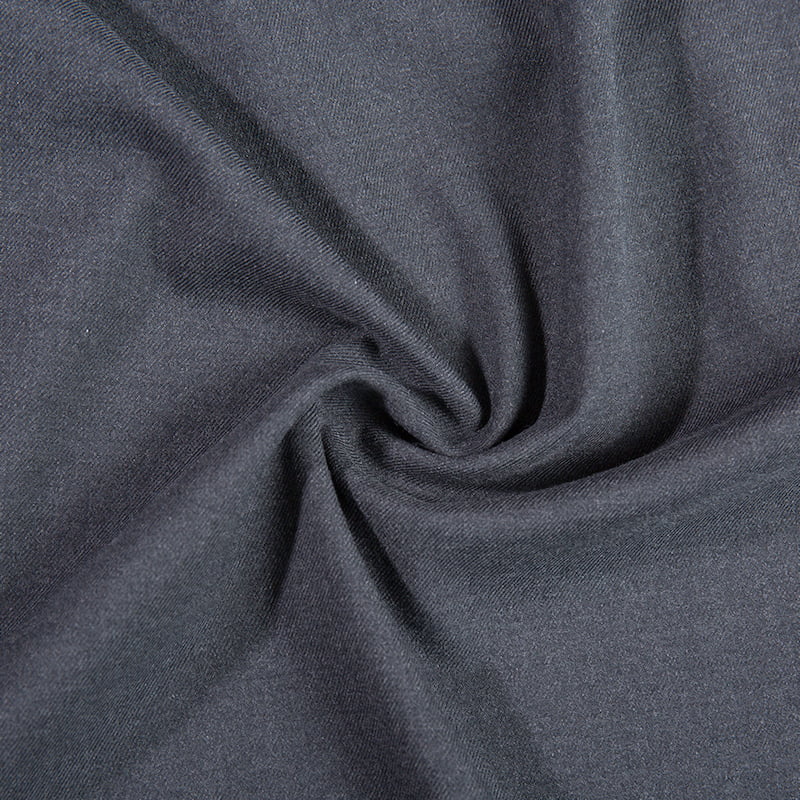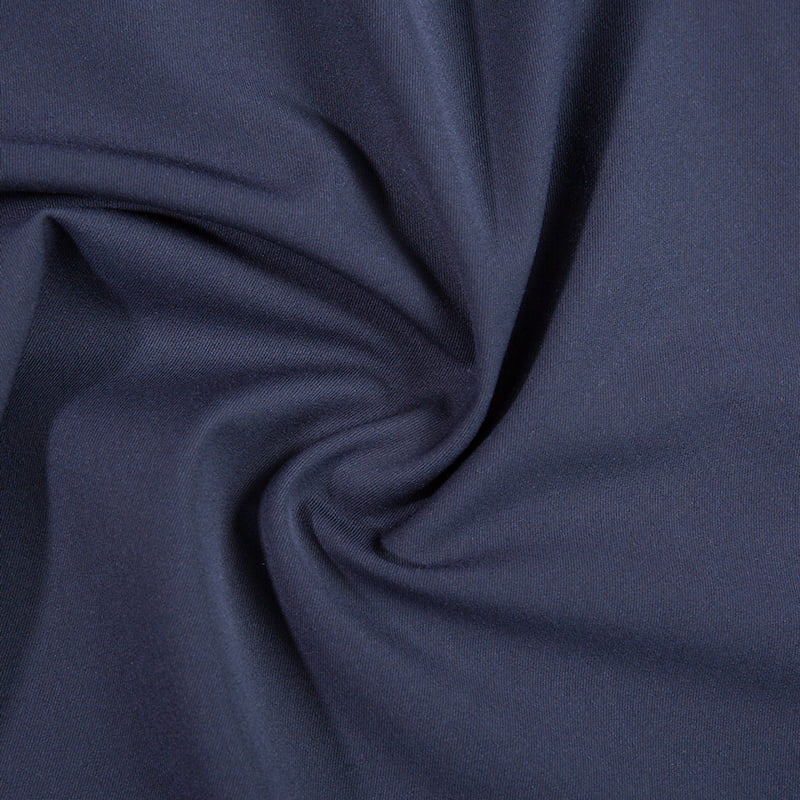Selecting the right fabric for a suit is a critical decision that influences durability, comfort, and overall performance in various settings. Among the options available, TR fabrics have gained attention for their balanced properties.
TYPES OF SUIT FABRICS
Suit fabrics are primarily categorized based on fiber composition, which determines their characteristics. TR fabrics refer to blends typically composed of polyester and rayon. Polyester contributes strength and resilience, while rayon adds softness and drapability. Pure wool fabrics are made entirely from natural wool fibers, offering inherent breathability and a traditional appearance. Pure polyester fabrics consist solely of synthetic polyester fibers, known for their high durability and minimal maintenance requirements. Each type has distinct attributes that suit different needs and environments.
APPLICATIONS OF SUIT FABRICS
The choice of fabric often depends on the intended use of the suit. TR fabrics are commonly employed in business and everyday wear due to their balance of comfort and durability. They are suitable for office environments, travel, and occasions where a suit may undergo frequent use without requiring specialized care. Pure wool fabrics are typically selected for formal events and high-end tailoring, as they provide a classic look and natural temperature regulation. Pure polyester fabrics are often used in budget-friendly suits, uniforms, or situations where resistance to wrinkles and stains is prioritized, such as in hospitality or corporate settings with strict maintenance protocols.
COMPARISON OF CORE ADVANTAGES
When evaluating TR fabrics against pure wool and pure polyester, several core advantages emerge based on material properties. TR fabrics offer a combination of durability from polyester and comfort from rayon, resulting in a fabric that resists wrinkles and maintains shape over time. Compared to pure wool, TR fabrics generally exhibit higher resistance to abrasion and are less prone to shrinking, making them easier to maintain through machine washing or low-heat ironing. In terms of cost, TR fabrics are often more affordable than pure wool while providing a similar aesthetic appeal. Against pure polyester, TR fabrics tend to have better moisture absorption and a softer hand feel, reducing the risk of static cling and improving wearer comfort in moderate climates. However, pure wool outperforms TR fabrics in breathability and natural insulation, and pure polyester may offer superior strength and color retention in harsh conditions. These differences highlight how TR fabrics serve as a middle ground, catering to those seeking a practical blend of performance and economy.
FREQUENTLY ASKED QUESTIONS
What are TR fabrics made of?
TR fabrics are typically blends of polyester and rayon, with common ratios such as 65% polyester and 35% rayon, though variations exist based on manufacturer specifications.
Are TR fabrics suitable for all seasons?
TR fabrics provide moderate temperature regulation, making them versatile for spring and autumn wear. However, they may not offer the same level of breathability as pure wool in hot weather or the insulation of wool in cold conditions.
How should TR fabrics be cared for?
TR fabrics can often be machine-washed in cold water and tumble-dried on low settings, but it is advisable to check care labels. They generally require less maintenance than pure wool, which may need dry cleaning.
What is the lifespan of a suit made from TR fabrics?
With proper care, suits from TR fabrics can last for several years due to their resistance to wear and tear. However, pure wool suits might retain their appearance longer in high-end use, while pure polyester suits could excel in rugged environments.
Do TR fabrics resemble natural fabrics in appearance?
TR fabrics are designed to mimic the drape and texture of natural fibers like wool, offering a balanced look that is less synthetic than pure polyester but not as luxurious as pure wool.
In summary, TR fabrics present a viable option for suit selection by combining durability, comfort, and cost-effectiveness. When compared to pure wool, they offer advantages in maintenance and affordability, while against pure polyester, they provide improved comfort and a more natural feel. This guide outlines the key aspects to consider, enabling individuals to assess fabrics based on factual characteristics and specific requirements.


 English
English 中文简体
中文简体 日本語
日本語 한국어
한국어 Español
Español русский
русский
